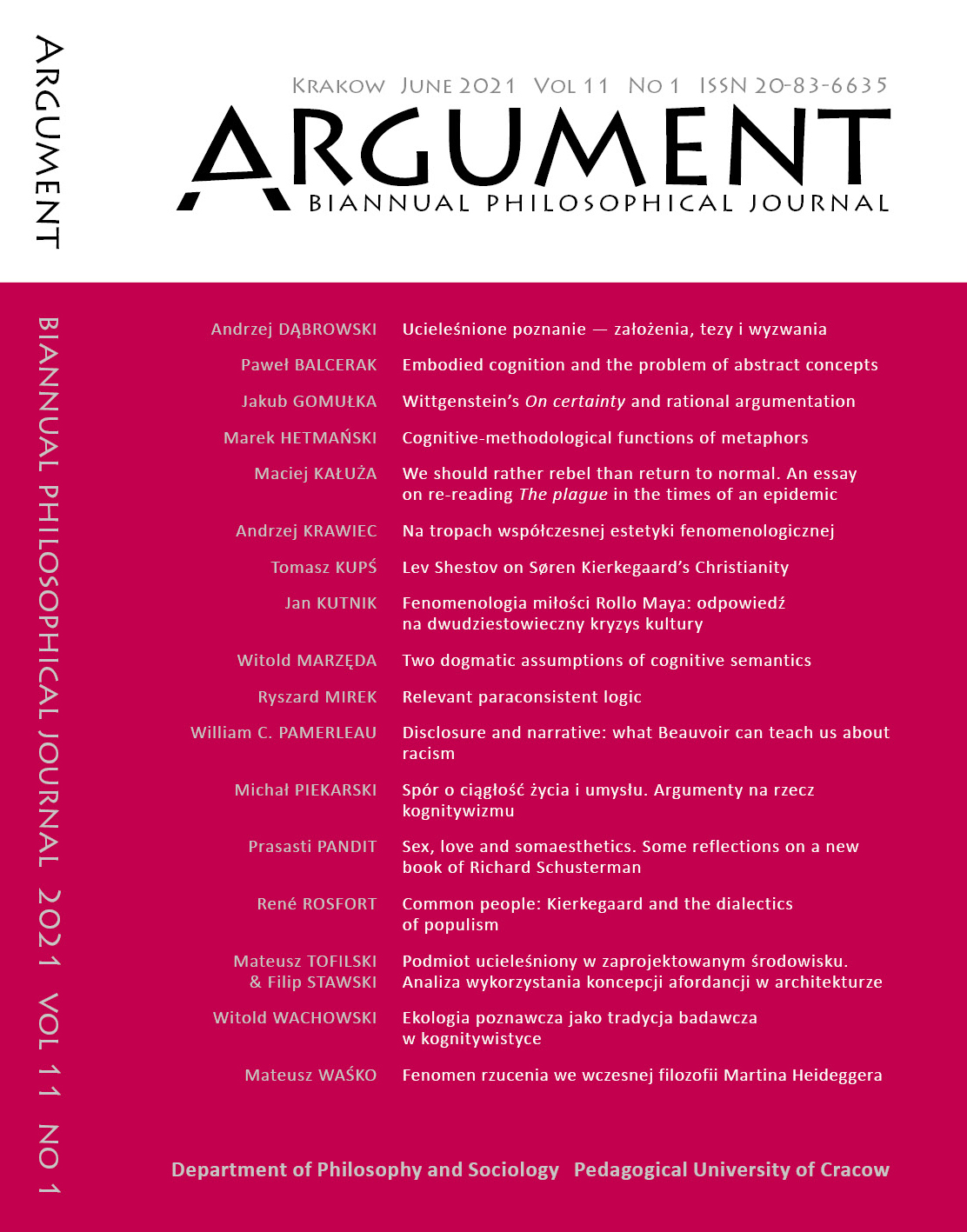Podmiot ucieleśniony w zaprojektowanym środowisku. Analiza wykorzystania koncepcji afordancji w architekturze
DOI:
https://doi.org/10.24917/20841043.11.1.3Słowa kluczowe:
affordances; ecological psychology; embodied architecture; landscape; embodied cognitionAbstrakt
The subject embodied in the designed environment. Analysis of the use of the affordance concept in architecture: James Gibson’s ecological psychology is considered as one of the research subtraditions within embodied cognition. Gibson emphasizes the nature of the agent-environment interaction through the development of the theory of affordances. According to this idea, affordances are relational properties of the environment that enable a specific action for the agent. Currently this concept is being applied in many different contexts. This paper considers the application potential of affordance in architectural studies as a tool that analyses the agent’s interaction with the environment. In this context, the affordance category can be a tool that allows one to take into account the importance of space for the shaping of behavior and interactions between its users, without falling into architectural determinism. The main aim of this study is to analyze affordances as a category that, despite its diversity and vagueness, can play an important role in the embodied view of architecture (which integrates phenomenological trends in architecture and the results of neurocognitive research). The first part of the article is an attempt to synthetically place affordances in the context of embodied cognition and to point out the basic philosophical interpretations and discussions related to Gibson’s concept. In the next part, we situate the concept of affordances in the context of design practice. We also present the pros and cons of applying affordances to this ground. The last section in presenting the concept of affordances is considered within the background of the embodied current in architecture.


